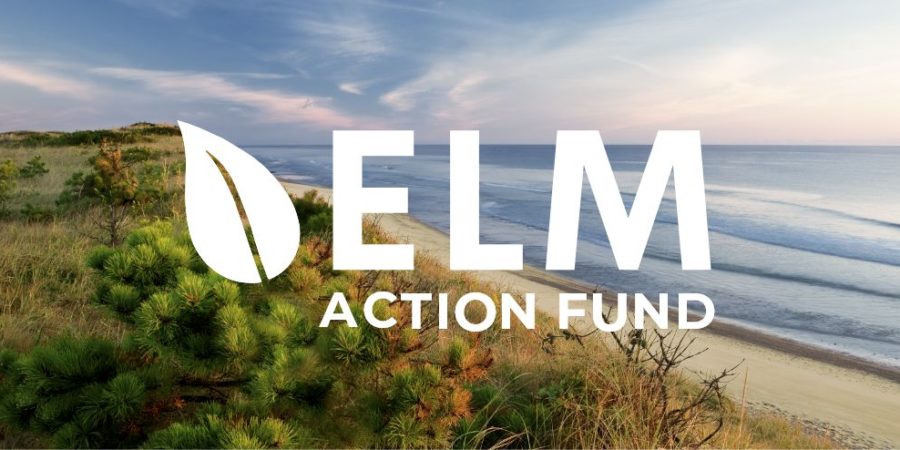Last week, the Department of Environmental Protection (DEP) released a set of proposed regulations to curb greenhouse gas (GHG) emissions. These regulations are being developed pursuant to a Supreme Judicial Court decision that directed the agency to develop new rules to ensure the state meets its obligations under the Global Warming Solutions Act (these are often referred to as “3(d)” rules). Initial 3d rule concepts were introduced in November and stakeholders, including ELM, provided input.
Highlights of the proposed rules:
- Annually declining limits on GHG emissions from existing and new power plants, with mechanisms similar to the highly successful Regional Greenhouse Gas Initiative. ELM and other organizations worked hard to have this proposal govern both existing and new power plants so that future GHG emissions will be most effectively limited.
- Clean energy standard (CES) obligations on utilities, requiring them to purchase an annually increasing percentage of power from clean energy sources. This builds on the existing renewable portfolio standard (RPS), and has more incentives for low- and zero-emissions generation technologies. ELM and its partners count this proposal as a victory. DEP accepted our comments and will apply this requirement to municipal power and light systems, not just investor owned utilities.
- CES obligations extend to the year 2050, a longer period of time than originally discussed by DEP.
Other proposals cover the transportation sector; methane leaks from the natural gas distribution system; and limits on sulfur hexafluoride (a powerful GHG) emissions from equipment owned by large utilities. Written comments will be accepted by the DEP until February 24, 2017.
These efforts take on a new significance given the anticipated lack of environmental leadership from the incoming Trump administration. ELM will continue to review these proposed rules and provide additional comments to ensure they meet the state’s GHG obligations.
